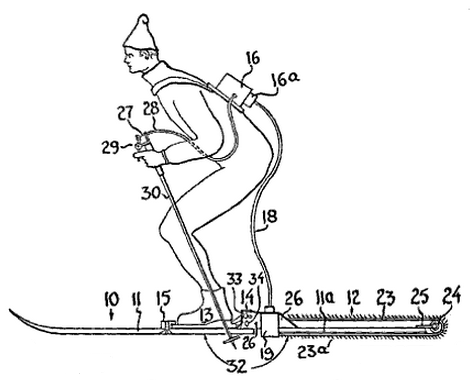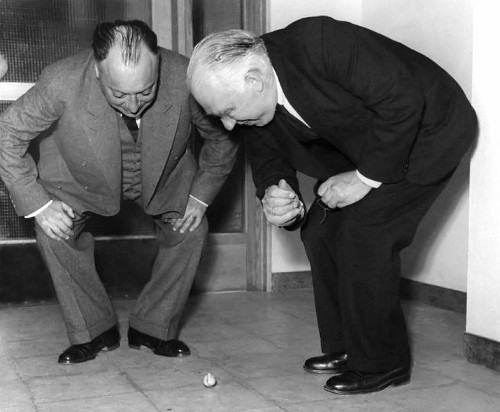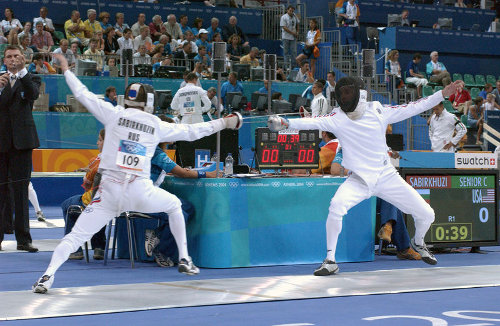A magician asks you to shuffle a pack of cards and to take some quantity of them. He takes a larger packet for himself. The magician counts his cards and says, “I have as many cards as you have, plus four cards, and enough left to make 16.”
You count your cards and find that you have 11. The magician counts 11 of his cards onto the table, sets aside a further four, and then continues counting: 12-13-14-15-16. The 16th card is the last, as he predicted.
He can repeat the feat as often as you request it. The number of cards that he sets aside sometimes varies, but he always arrives at the predicted quantity. How does he do it?




